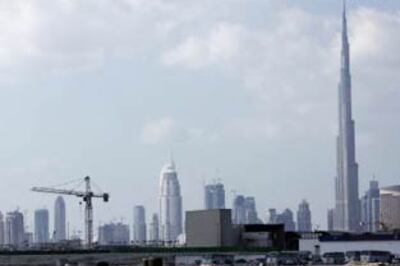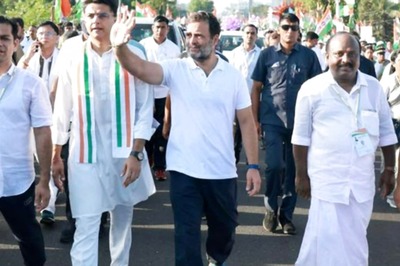
views
New Delhi: Targeting of subsidies is high on the government's agenda and the Planning Commission.
Some sections of the government are looking at a proposal of using Information Technology progressively to achieve this goal and revolutionise the country's public distribution system.
A possible new look for the country's public distribution system is a ration card that looks and works like a credit card.
Member Planning Commission, Kirit Parikh, says, "We can give these cards fairly cheaply. Once we have given a card to every below poverty line (BPL) household, then we can easily charge the card."
The smart card will get the BPL family all that a ration card gets them now — like foodgrains and kerosene. It can be used at any shop and would work on a debit card principle.
So when the consumer buys something he pays the subsidied price and the government the difference.
This, the Planning Commission says is the best way to check leakages.
"The current way through ration cards creates two prices in the market. This is an invitation for black marketing, a way to distort the pricing of food and kerosene in the market," says Parikh.
But this isn't the only proposal. The finance ministry has suggested that if all the BPL families open bank accounts, the government could transfer the subsidy amount directly into the accounts.
Then there is the more traditional proposal of introducing food coupons.
Parikh says, "Food coupons is not an idea that can be easily enforced since it requires periodic distribution. Also smart cards are preferable since food coupons can be forged and involve more transaction charges."
Along with the voter ID card this could even become a citizenship document replacing the ration card.
But whether its smart cards or food coupons he key question is that of a reasonable issue price.
Officials say the Minimum Support Price of crops have gone up time and again but the issue prices haven't.
Government sources say it's perhaps time to develop a policy that links the rise in MSP to that of issue prices in a time bound manner.
But then in India, good economics rarely makes for good politics.

















Comments
0 comment